Optimal Timing for Concrete Installation
Concrete installation timing is crucial for ensuring durability and quality. The best time to undertake concrete projects typically depends on climate conditions, temperature, and humidity levels. Proper timing minimizes the risk of cracking, delays, and other issues associated with improper curing.
Spring and fall are generally preferred for concrete work due to moderate temperatures and lower humidity, which promote optimal curing.
Concrete should be poured when temperatures are between 50°F and 85°F to prevent freezing or rapid drying, which can weaken the structure.
Dry weather with minimal rain and wind is ideal to ensure proper setting and curing of the concrete.
Extreme temperature changes can cause cracking and compromise the integrity of concrete, making timing essential for quality results.
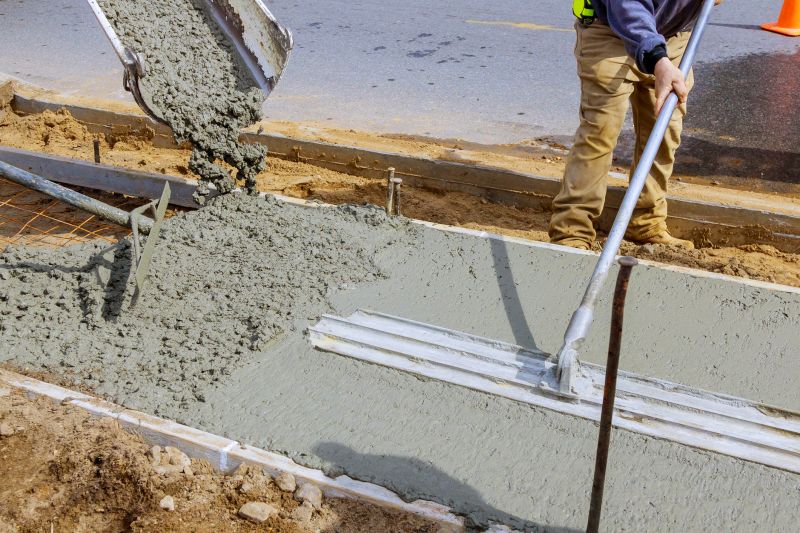
Concrete being poured during favorable spring weather ensures proper curing and strength development.
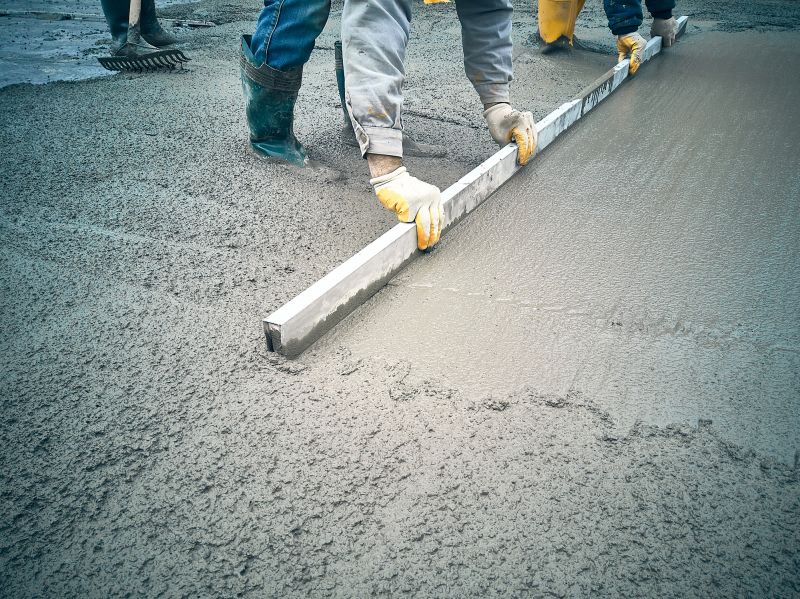
Summer requires careful timing to avoid excessive heat that can cause rapid drying and cracking.
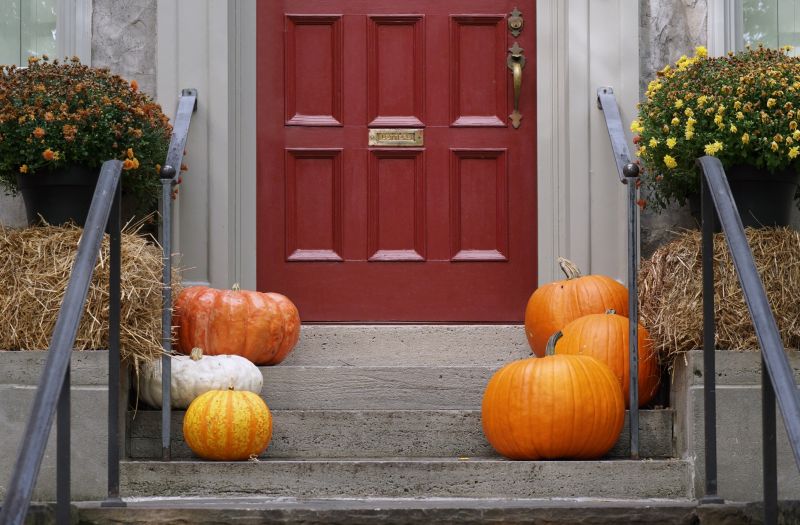
Fall offers cooler temperatures and lower humidity, ideal for concrete projects.
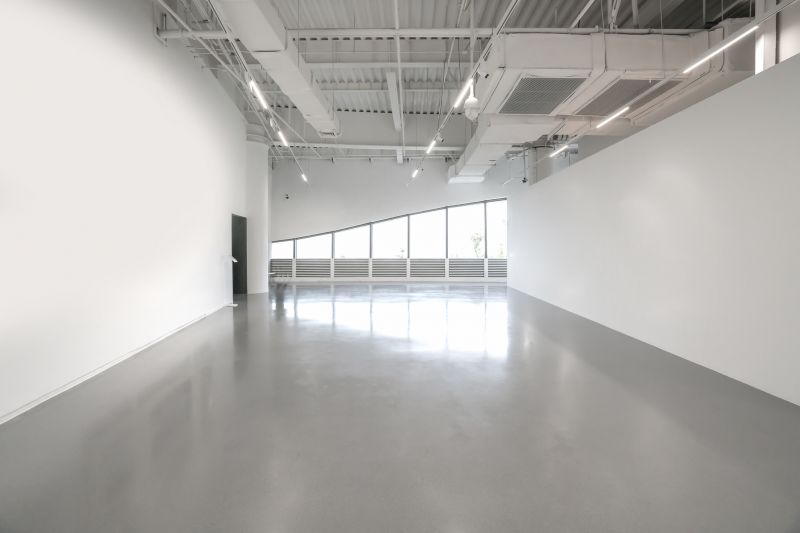
Ways to make Concrete Installations work in tight or awkward layouts.
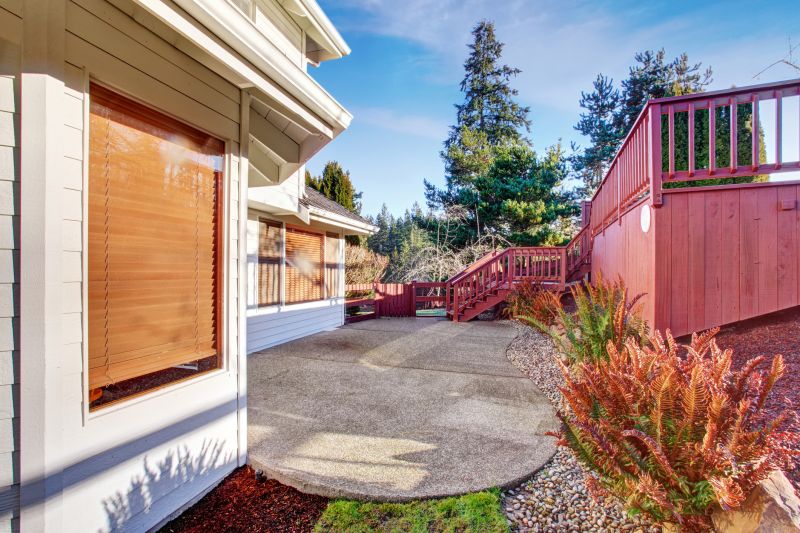
Popular materials for Concrete Installations and why they hold up over time.
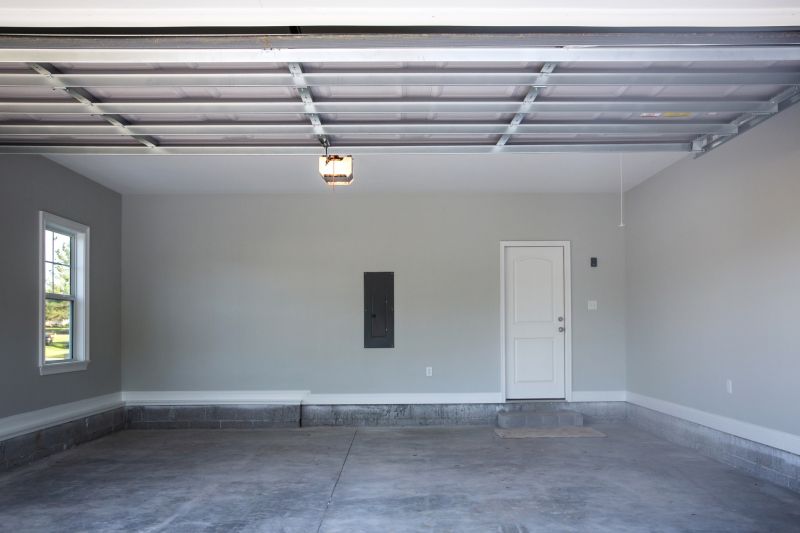
Simple add-ons that improve Concrete Installations without blowing the budget.
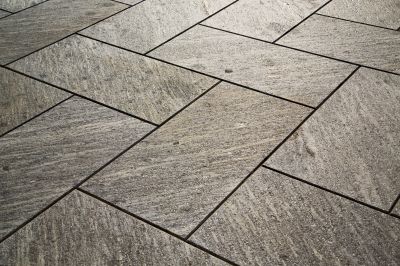
High-end options that actually feel worth it for Concrete Installations.
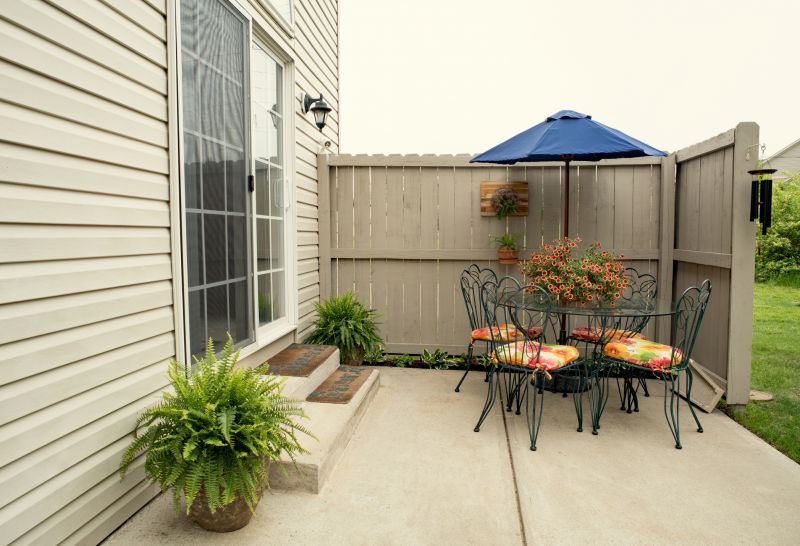
Finishes and colors that play nicely with Concrete Installations.
| Season | Temperature Range |
|---|---|
| Spring | 50°F to 70°F |
| Summer | 70°F to 85°F |
| Fall | 50°F to 70°F |
| Winter | Below 50°F (not ideal) |
Concrete installations require careful planning to align with weather patterns. Proper timing ensures the concrete cures correctly, achieving maximum strength and durability. In regions with cold winters, scheduling during milder months reduces the risk of frost damage and cracking. Conversely, in warmer climates, avoiding extreme heat is essential to prevent rapid drying and surface cracking.
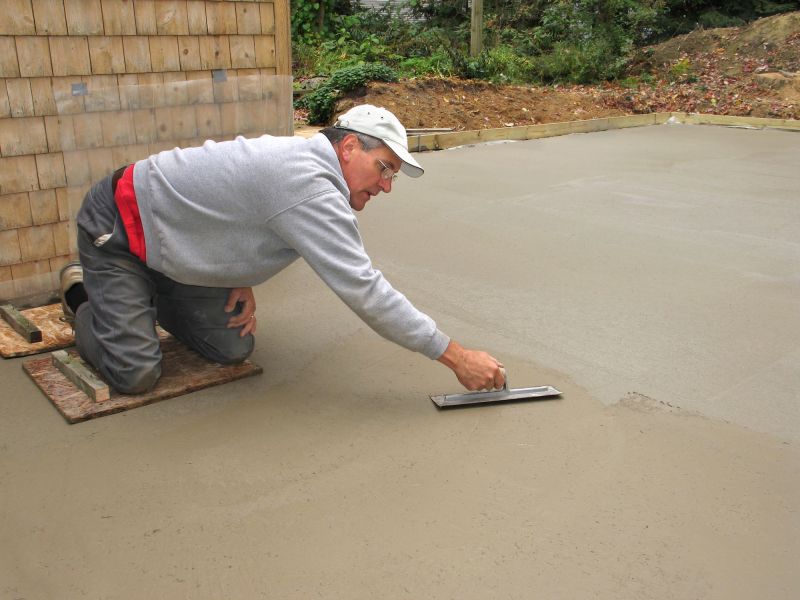
Proper curing during optimal weather conditions results in stronger, more durable concrete.

Scheduling during mild weather reduces delays and improves project quality.
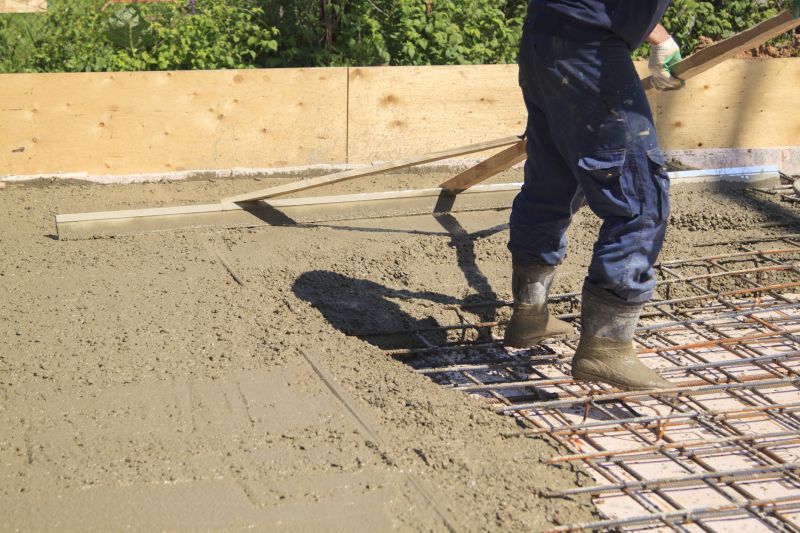
Cool temperatures help prevent cracking and ensure even curing.
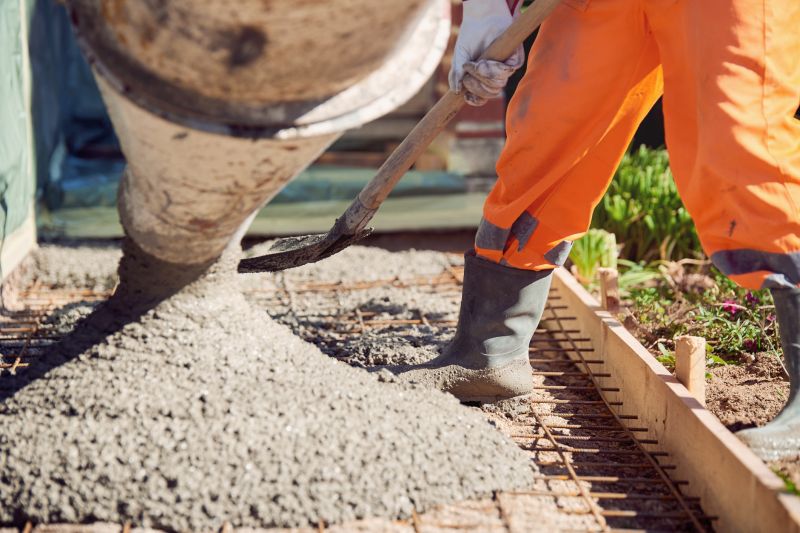
Extra precautions are needed to manage heat and evaporation during summer installations.
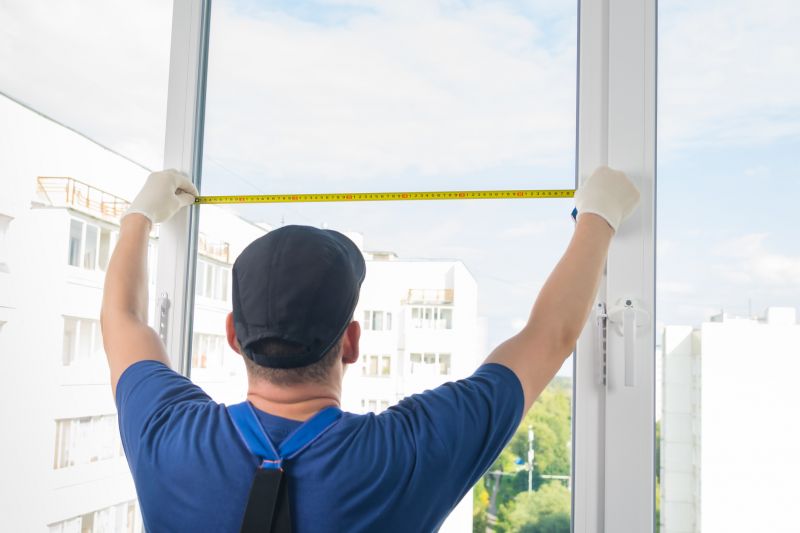
Little measurements that prevent headaches on Concrete Installations day.
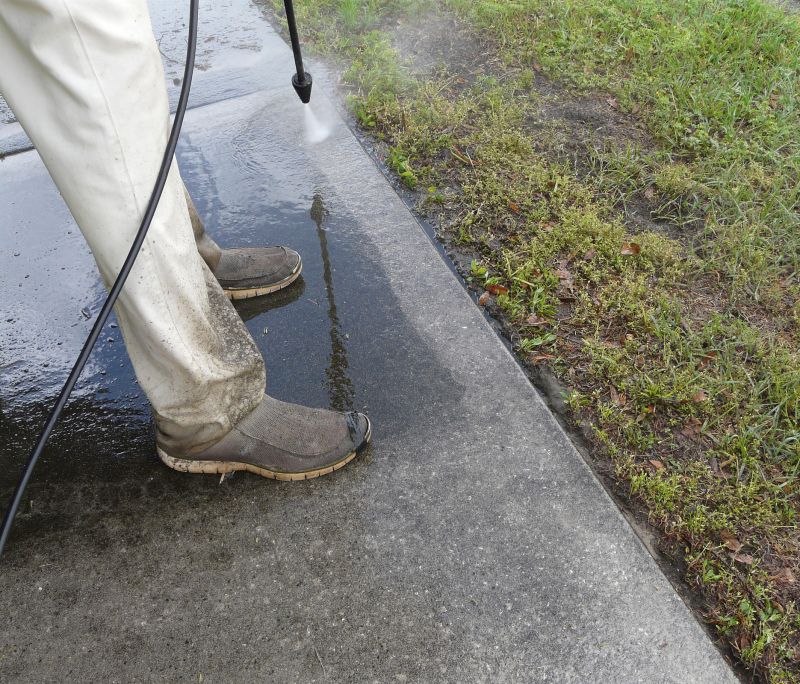
A 60-second routine that keeps Concrete Installations looking new.
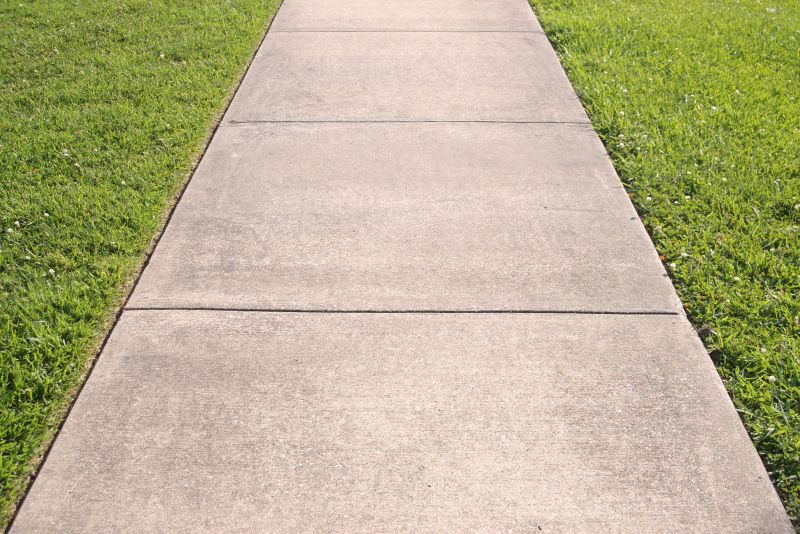
A frequent mistake in Concrete Installations and how to dodge it.
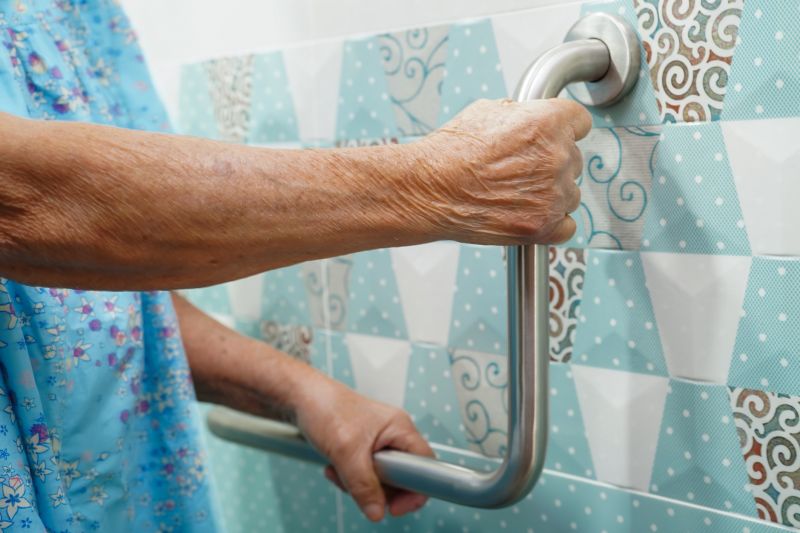
Small tweaks to make Concrete Installations safer and easier to use.
Understanding the influence of seasonal weather patterns on concrete performance is essential for successful installation. Properly timed projects lead to better finish quality, increased longevity, and reduced repair costs. It is advisable to consult with concrete professionals to determine the most suitable timing based on local climate conditions.

A well-timed spring installation ensures optimal curing conditions.
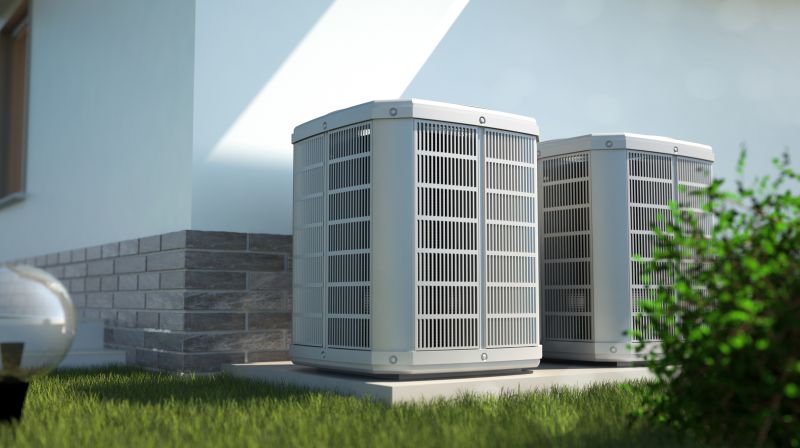
Lower-waste or water-saving choices for Concrete Installations.

The short, realistic tool list for quality Concrete Installations.
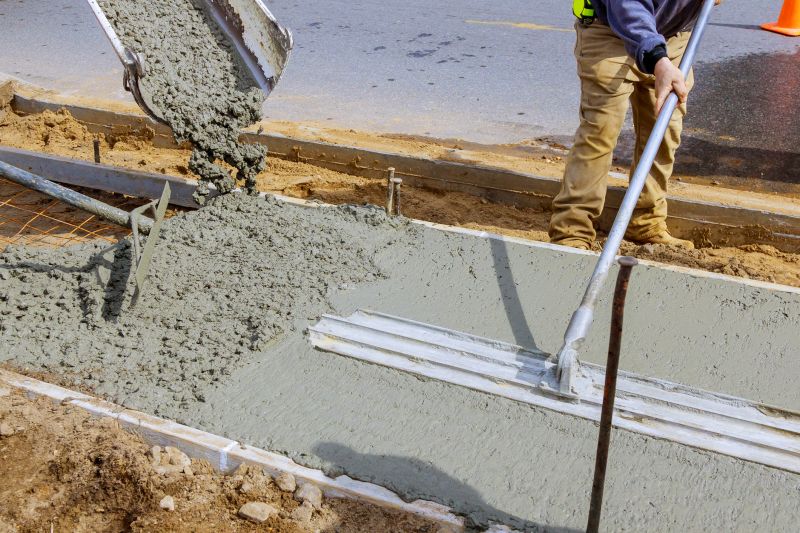
Rough timing from prep to clean-up for Concrete Installations.
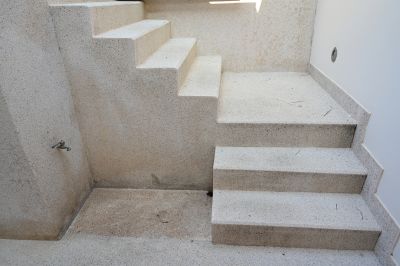
Quick checks and paperwork to keep after Concrete Installations.

Examples that show the impact a good Concrete Installations can make.
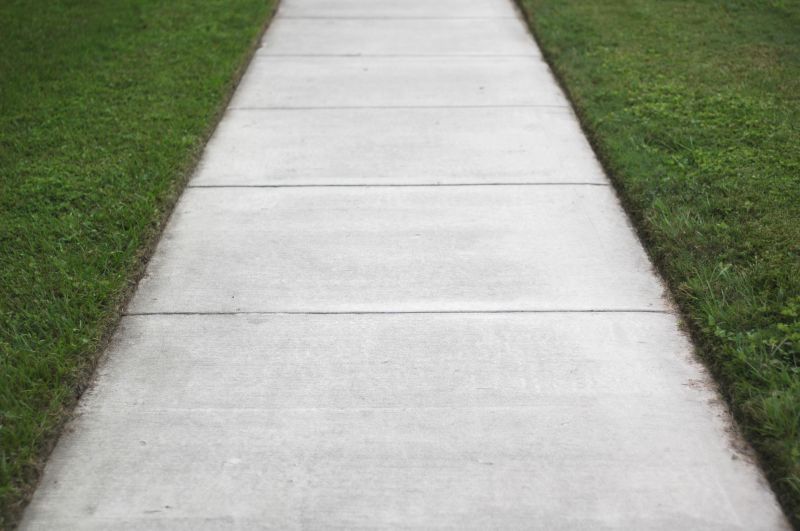
Ways to make Concrete Installations work in tight or awkward layouts.
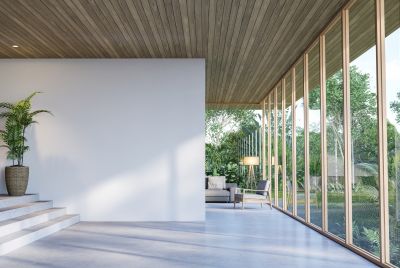
Ways to make Concrete Installations work in tight or awkward layouts.
For those planning concrete projects in Joliet, IL, aligning installation schedules with favorable weather conditions can significantly impact the outcome. Proper timing not only enhances the structural integrity but also minimizes the risk of future issues. Interested parties are encouraged to contact professionals to discuss the best timing for their specific project needs.
